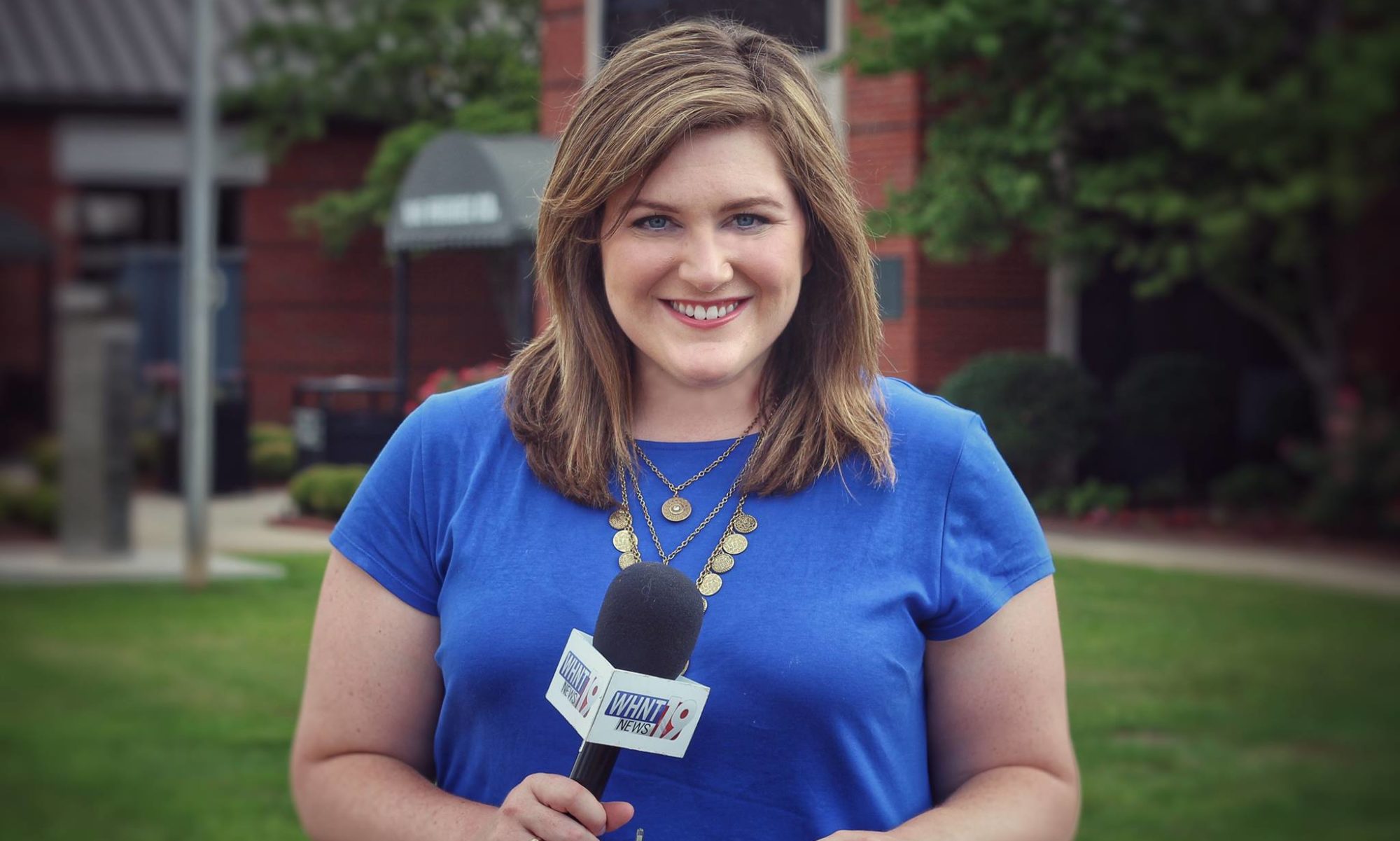This post is different than what I usually share, but it’s very meaningful to me. Throughout the pandemic, I have struggled with (and mentioned it here!) how I will better myself, or change my world for the better, once normal life is allowed to resume. I decided that I would go the distance and truly become what I always wished I could be: a runner.
Anyone who tells you running is easy is either lying or bragging. I’ve never been good at bragging, lying or running, so before all this I’d have told you that running is impossible.
For me, it really felt that way. I always got shin splints when I tried to run, stopping before I ever really got started. My commute took time out of my day that I could be running. I really don’t like sweating. I didn’t feel strong enough, motivated enough or really worthy enough to start the ambitious task of becoming a runner. I also struggle with self esteem and body issues, which don’t help most endeavors in general. I had a lot of pressure working against me.
I’m not really sure if you’d call what I had last month a “breakthrough.” However, during the pandemic I reached a turning point where, after a conversation with someone I trust, I realized I could either do something about my situation or decide to be fine with it and accept myself as I am. That little realization that I was not ready to do the latter created a spark, which ignited my motivation.
I was ready to start going the distance.
I started strong: I read running blogs the day before I laced up, I practiced stretching and still do those stretches before and after a run, and I even started counting calories. I’ve begun a beginner strength routine so my muscles can keep up with the progress I’m gaining (slowly) on the pavement. I attempt yoga for balance and stretching on rest days. I bought new workout gear to stay motivated. I downloaded Couch to 5k and started a running plan to track my progress and push myself. It’s all going well, unless it isn’t.
Because still, it’s not easy.
I am often overwhelmed by the task before me when I step out the door to do my self-assigned run. Getting the gear on, braving whatever the weather is doing that day, feeling poorly about my odds of surviving… all of those things can reverse my motivation in a hurry. Sometimes, going the distance means cutting a run short because of leg pain. Sometimes, it means walking instead of running because of a stitch in my side. My feet can hurt for days after a run.
Going the distance often, for me, just means that cliche “putting one foot in front of the other” and focusing on my stride so I don’t get hurt and maintaining breath control when all I’d like to do is stop.
When? When does running become “easy?”
I hope that when I am able to see my friends and people I work with again, I might walk a little taller and maybe even be a few pounds lighter. I hope that they see I have changed and that I am able to keep this up for good. I pray that I can become more positive and use this momentum to believe in myself. I fear that I’ll let myself lose focus and revert back to spending more time on the couch than my course.
But I know I have made a change that can’t hurt me. One tiny change led to two, to three, to a potentially new lifestyle if I really commit!
It’s as one of my friends stated: “Any movement that is faster than a stroll can be running.” Even though I walk-run, gasping for air when the timer goes off and I can slow down, it’s running. I am a runner right now, and I will be one as long as I’m able to just keep going the distance.
I think this commitment can be equated to what our world is going through right now. Coronavirus changed us, and it’s not been an easy journey. We’re all figuring this out in our separate places, isolated, taking it one day at a time. When it is safe to return to stores and workplaces, our society will be forever changed. Many of us fear we will forget those lessons. Many others know that life will look different than it did before. But we will be more committed, if we try, to actions that make us better: respecting each other’s personal space, not shaking hands, staying home if we are sick instead of toughing it out at work, showing compassion for one another in innovative ways, video chatting more often, and so much more.
I shared this story not to brag (because as I said I’m not very good at that!) but to hold myself more accountable to my commitment to be better. Going the distance is teaching me about myself and connecting me to a goal I’d long thought could not be achieved. How will you go the distance in your own way?
As always, a parting three things: stay healthy, be well and remember that every step counts.


